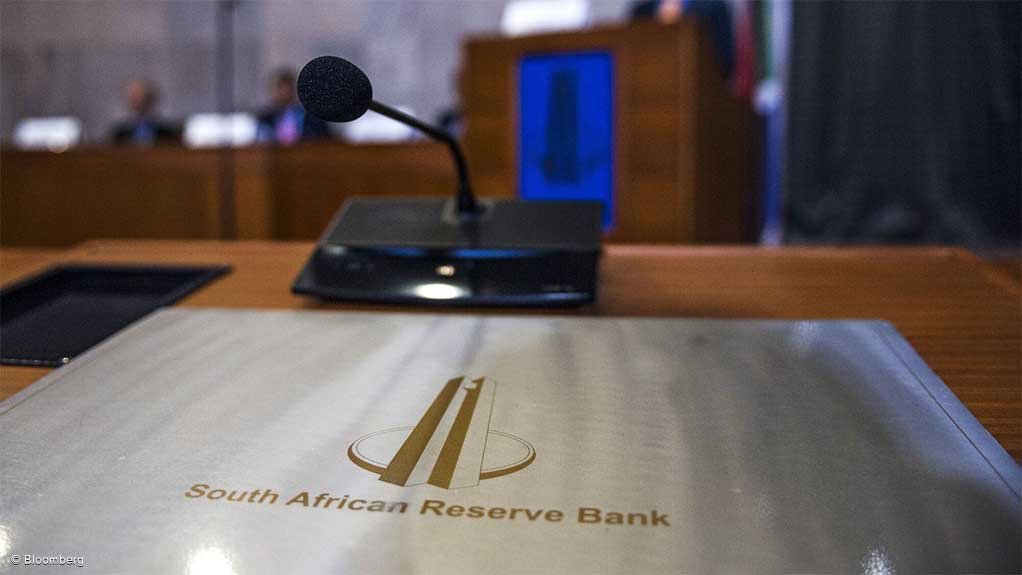The South African Reserve Bank’s (SARB's) new goal of anchoring inflation at 3% faces a big test this week, with two key data points and its first policy meeting since announcing the move.
A closely watched gauge of inflation expectations will be released at 10 a.m. local time, followed by the August consumer price index Wednesday and the SARB’s interest-rate decision a day later.
While inflation expectations have steadily declined, CPI is forecast to edge higher to 3.6% from 3.5% in July, and the SARB is seen keeping interest rates on hold at 7%, according to most analysts surveyed by Bloomberg.
“This could be seen as a bit of a test for the policy,” said Frank Blackmore, lead economist at KPMG South Africa, who anticipates rates to be held steady to control price pressures and guide expectations down to the new lower level.
Governor Lesetja Kganyago unveiled the central bank’s preference for settling inflation at the floor of its 3%-to-6% target band, down from 4.5%, in July.
The decision was initially chided by Finance Minister Enoch Godongwana, but on September 1 the SARB and the National Treasury issued a joint statement acknowledging the move and said that Godongwana “will make a formal announcement as soon as is practical to anchor expectations.”
If there is a more concerted effort from the Treasury to fully endorse this, by formally changing the inflation target and working to embed it more firmly within the system, “then I think we have a better chance” of achieving 3%, said Kevin Lings, chief economist at Stanlib Asset Management. “But I’m sceptical at this stage that we will achieve the 3% in the first quarter of 2027.”
The SARB announced its decision after CPI had hovered near or below 3% for months, arguing there would never be a better time to help anchor lower inflation and save taxpayers billions of dollars over time by curbing long-term borrowing costs.
Yields on 10-year government bonds had declined to 9.37% from 9.81% on the eve of the SARB’s move in late July, reflecting the impact of the announcement as well as a wider decline in global bond yields.
Critics, including some from within Godongwana’s African National Congress party, say that a focus on low inflation by the central bank is a recipe for austerity that will cost jobs by keeping interest rates higher for longer.
Still, Goldman Sachs Group Inc. economist Andrew Matheny sees the SARB delivering two more 25 basis point rate cuts this year.
“We see a credibility-related motive for the SARB to continue easing policy, given that by doing so it projects confidence in its below-consensus inflation outlook — on the back of the shift to a lower target,” he said. “A decision to maintain a hawkish stance could cause the market to question the SARB’s conviction in its inflation forecasts.”
By its own forecasts, the central bank expects inflation to peak at 3.6% by mid-2026 before stabilising at 3% by the end of 2027.
South African inflation suffers from a degree of stickiness because of high administered prices like electricity and water, which means it could take many months for price pressures to settle at a lower level.
“This is why it was important for the SARB to announce its inflation target as soon as possible,” said Razia Khan, chief economist for Africa and the Middle East at Standard Chartered Plc. “What matters in the very near term, largely driven by a base effect, is beyond the reach of policy. But policy will be more effective in shaping expectations over time.”
EMAIL THIS ARTICLE SAVE THIS ARTICLE FEEDBACK
To subscribe email subscriptions@creamermedia.co.za or click here
To advertise email advertising@creamermedia.co.za or click here











